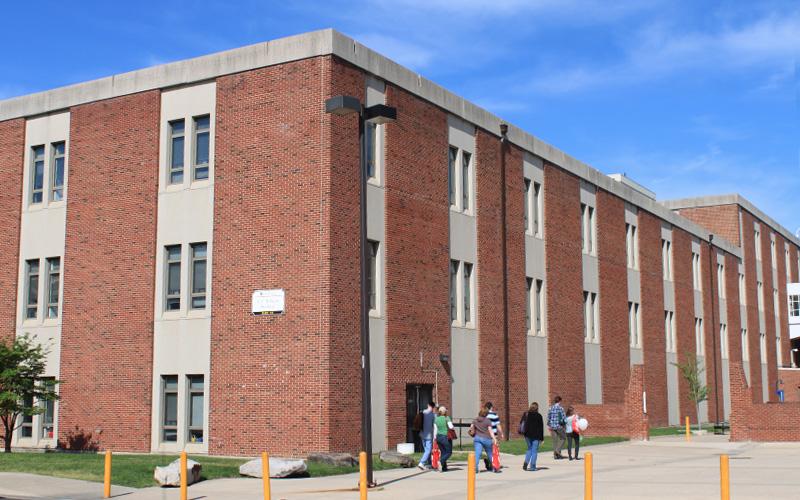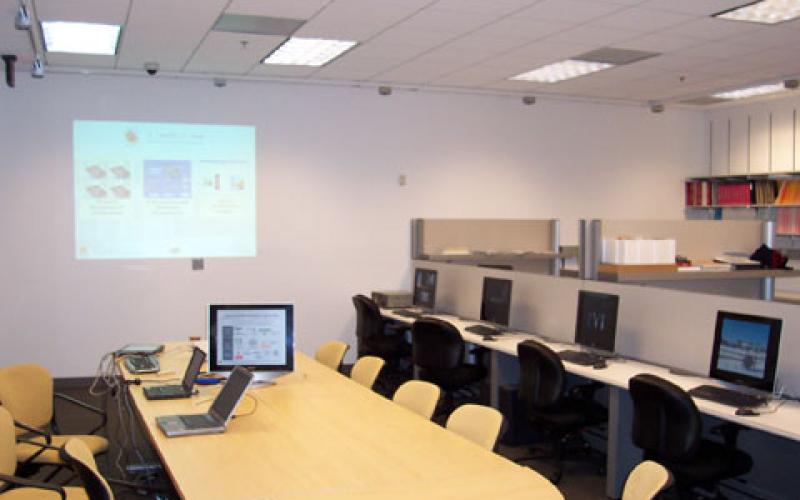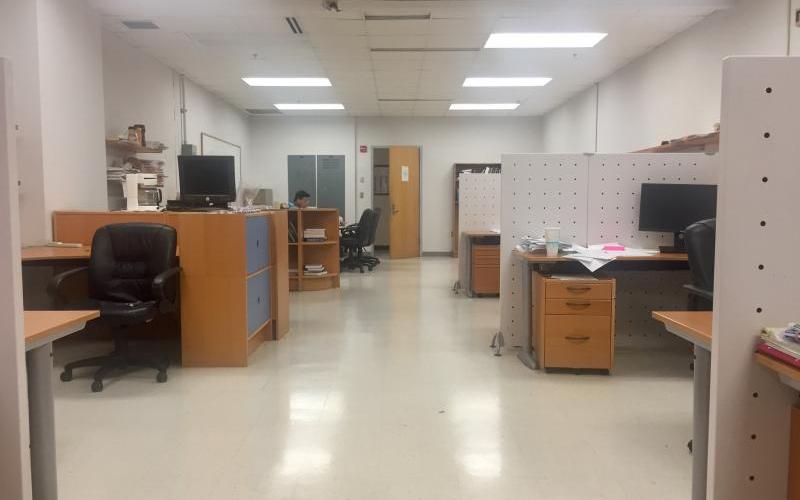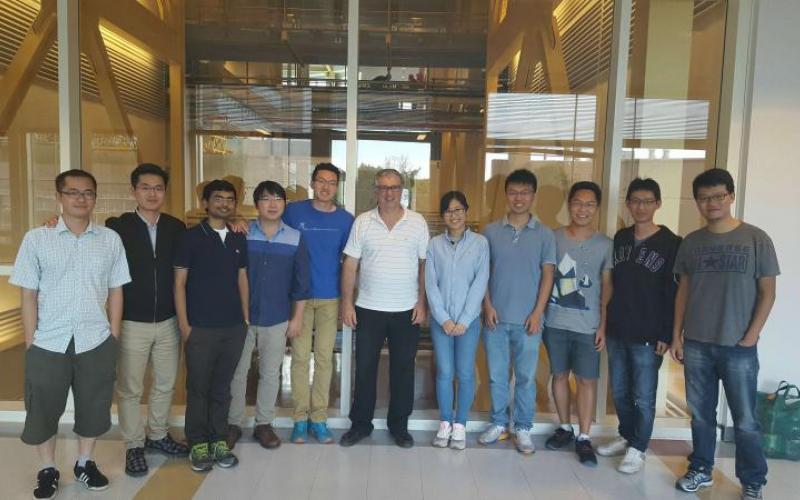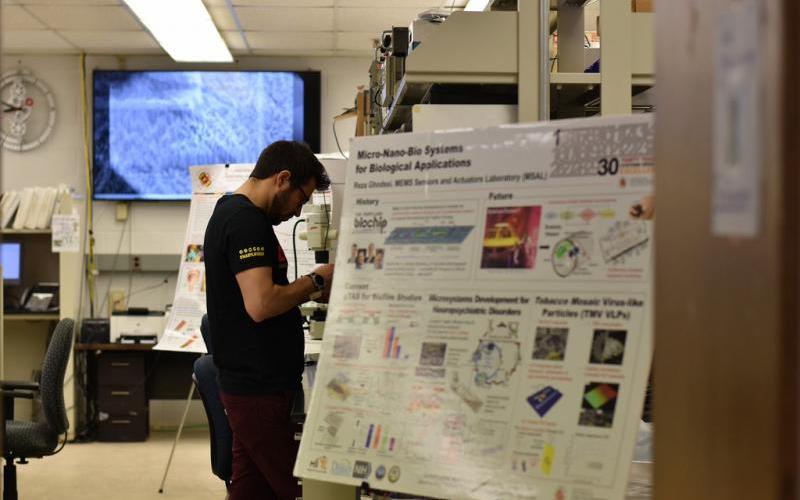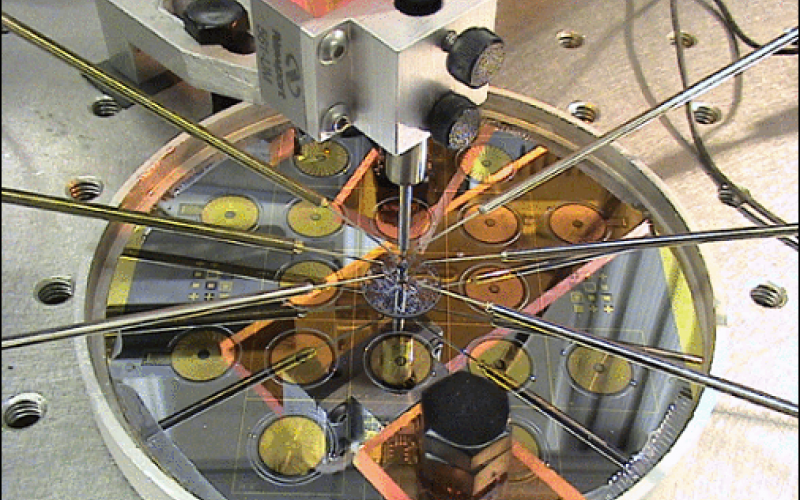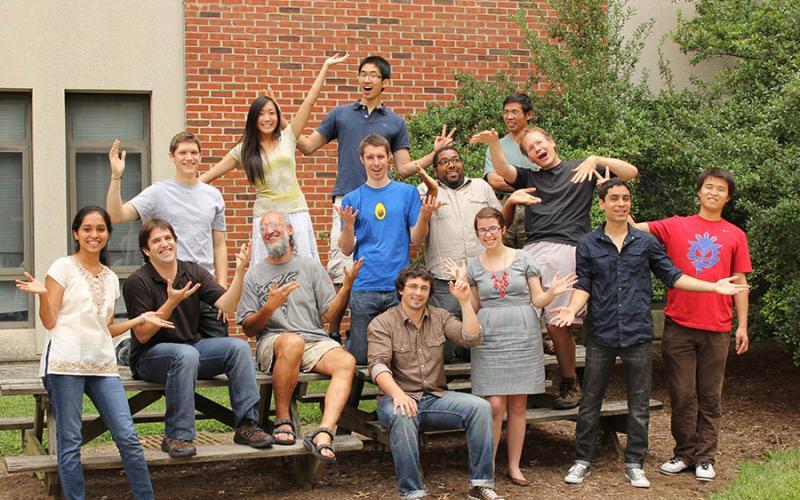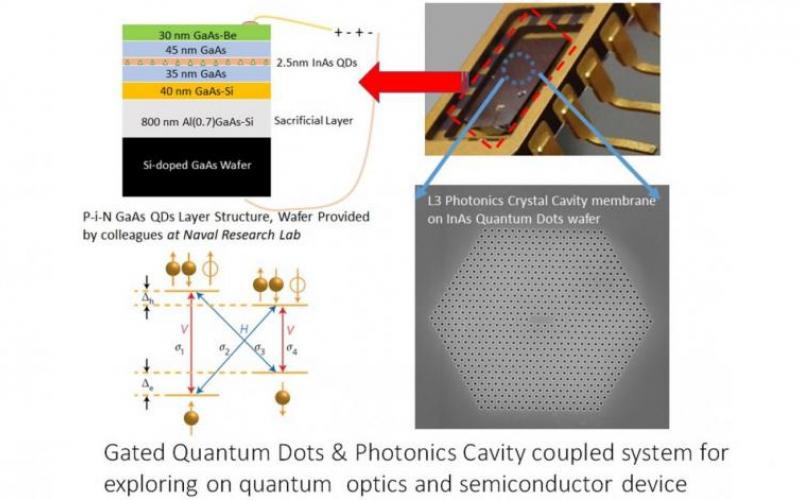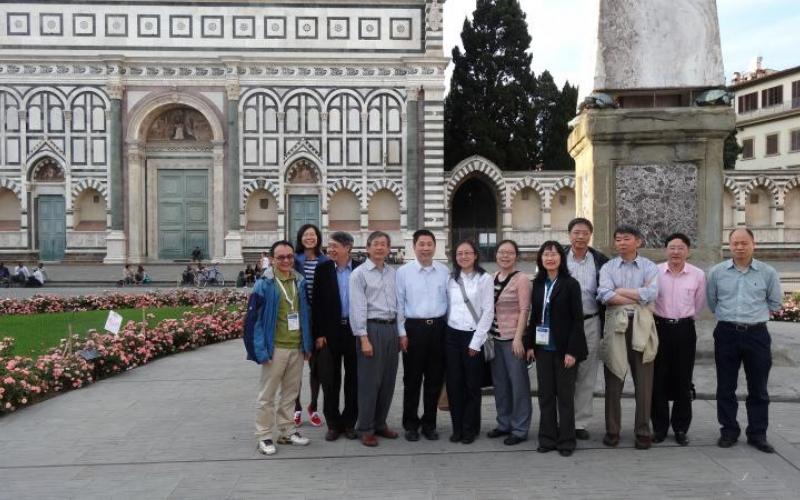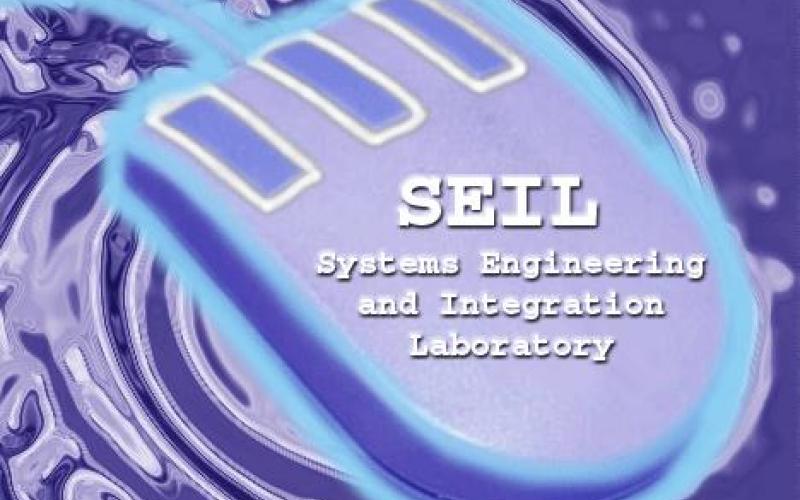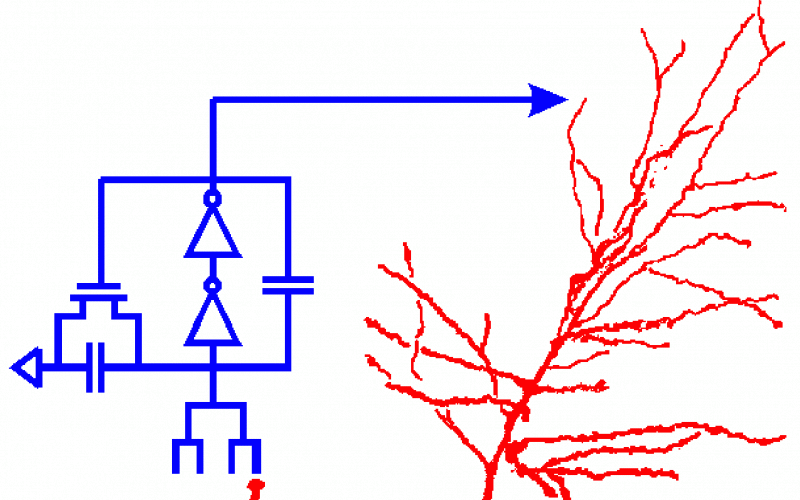Research Labs
Labs
Analog and Mixed Signal Systems Design Laboratory
Principal Investigator: Neil Goldsman
Location: 2320 AV Williams Building
BAE Systems Controls Instructional Laboratory
Principal Investigator: Gil Blankenship, William Levine, Rama Chellappa
Bionanosensors Lab
Principal Investigator: Romel Gomez
Comcast Multimedia Signal Processing Laboratory
Principal Investigator: Min Wu
Communications and Signal Processing Laboratory (CSPL)
Principal Investigator: , Sennur Ulukus, Alexander Barg, Shuvra S. Bhattacharyya, Anthony Ephremides, Carol Espy-Wilson, Richard J. La, Armand Makowski, Prakash Narayan, Adrian Papamarcou, Steven Tretter, Min Wu
Computer-Aided Design for Digital Signal Processing Systems Laboratory (DSPCAD)
Principal Investigator: Shuvra S. Bhattacharyya
Embedded Systems Research Laboratory (ESRL)
Principal Investigator: Shuvra S. Bhattacharyya, Gang Qu
Hafezi Group
Principal Investigator: Mohammad Hafezi
Integrated Biomorphic Information Systems Laboratory
Principal Investigator: Pamela Abshire
Intelligent Servosystems Laboratory
Principal Investigator: P. S. Krishnaprasad
Intense Laser Matter Interactions
Principal Investigator: Howard Milchberg
Laboratory for Green Nanophotonics, Optoelectronics and Nanosensing
Principal Investigator: Mario Dagenais
Laboratory for Parallel and Distributed Computing
Principal Investigator: Joseph JaJa
Maryland Power Electronics Laboratory (MPEL)
Principal Investigator: Alireza Khaligh
MEMS Sensors and Actuators Laboratory
Principal Investigator: Reza Ghodssi
Microelectronics at Maryland Research Group
Neural Systems Lab
Principal Investigator: Shihab Shamma
Photonics Research Laboratory
Principal Investigator: Thomas E. Murphy
Quantum Photonics Laboratory
Principal Investigator: Edo Waks
Signals and Information Group
Principal Investigator: Min Wu
Speech Communication Laboratory
Principal Investigator: Carol Espy-Wilson
Systems Engineering and Integration Laboratory
Principal Investigator: John S. Baras
The Computational Sensorimotor Systems Laboratory (CSSL)
Principal Investigator: Timothy Horiuchi, Jonathan Simon
